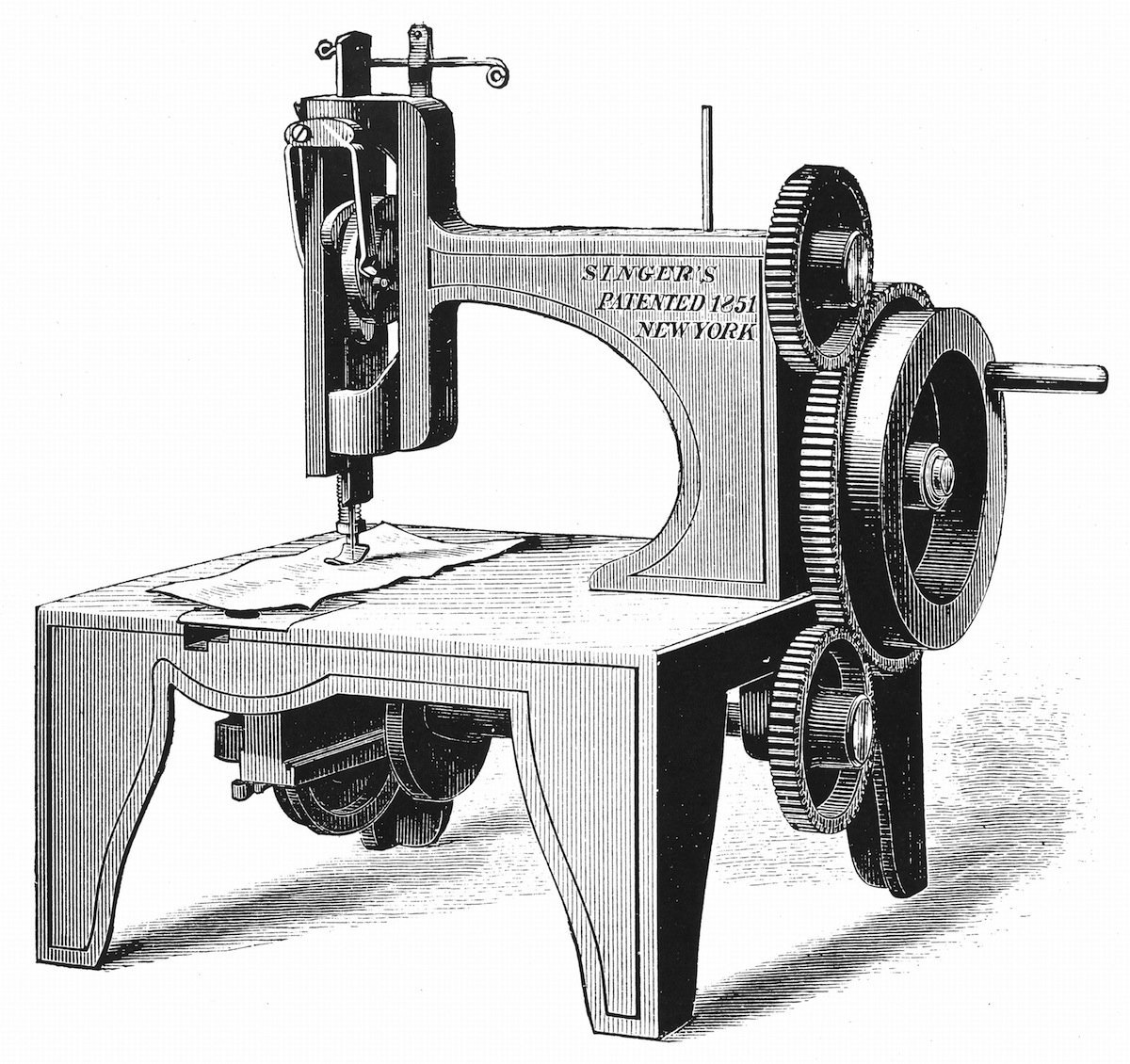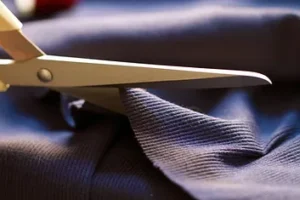Throughout history, the development of new technologies has played a significant role in shaping various industries. One groundbreaking innovation, in particular, has had a profound impact on the world of fashion: the sewing machine. Its invention revolutionized the way clothes were made, transformed the textile industry, and forever changed the lives of seamstresses and fashion designers alike. Lets take a look at the remarkable history of the sewing machine, from its humble beginnings to its widespread adoption in the modern era.
The Birth of the Mechanical Seamstress
The concept of mechanized sewing can be traced back to the late 18th century when various inventors began experimenting with contraptions to speed up and simplify the sewing process. However, it was not until the early 19th century that the first practical sewing machine was created. In 1830, Barthelemy Thimonnier, a French tailor, invented a machine capable of effortlessly sewing straight stitches. His creation utilized a hooked needle and a chain stitch mechanism, thereby marking a crucial milestone in the history of sewing.

From Revolution to Innovation
While Thimonnier’s machine showed promise, it was met with resistance from traditional seamstresses who feared the implications on their livelihoods. However, the industrial revolution in the mid-19th century paved the way for advancements in machine technology. In 1846, Elias Howe, an American inventor, patented the first practical sewing machine with a lockstitch mechanism. The lockstitch, created by two intertwined threads, offered a strong and durable stitch, setting the standard for modern sewing machines.

Progress and Pioneers
The late 19th and early 20th centuries saw rapid progress in sewing machine technology, thanks to inventors like Isaac Singer and his famous Singer sewing machines. Singer’s contributions, including the introduction of the foot treadle system and the development of more portable machines, helped bring sewing machines to households worldwide. With the advent of electric power, sewing machines became even more efficient and user-friendly.
Impact on Fashion and Industry
The introduction of the sewing machine revolutionized the fashion industry, making mass production a possibility. Previously, garments were painstakingly sewn by hand, limiting the speed and scale of production. Now, with mechanical seamstresses, clothes could be produced faster and more consistently, leading to increased accessibility and affordability. Clothing manufacturers benefited immensely from this newfound efficiency, launching the ready-to-wear industry and making fashionable garments accessible to a wider population.

Modern Innovation and Specialized Machines
As the demand for diverse sewing techniques grew, so did the range of available sewing machines. Over time, specialized machines were developed to cater to specific needs, such as overlock machines, embroidery machines, and computerized sewing machines. These innovations provide designers, hobbyists, and craftspeople with a wide array of tools to explore their creativity and achieve intricate, professional-level finishes.

The sewing machine stands as an iconic invention that forever changed the world of fashion and garment-making. From its humble beginnings to the industrial revolution and the introduction of modern innovations, this extraordinary device has enabled countless individuals to create functional and beautifully crafted clothing. As technological advancements continue to shape our world, it is vital to acknowledge and appreciate the historical importance of the sewing machine in shaping the fashion industry’s evolution.



